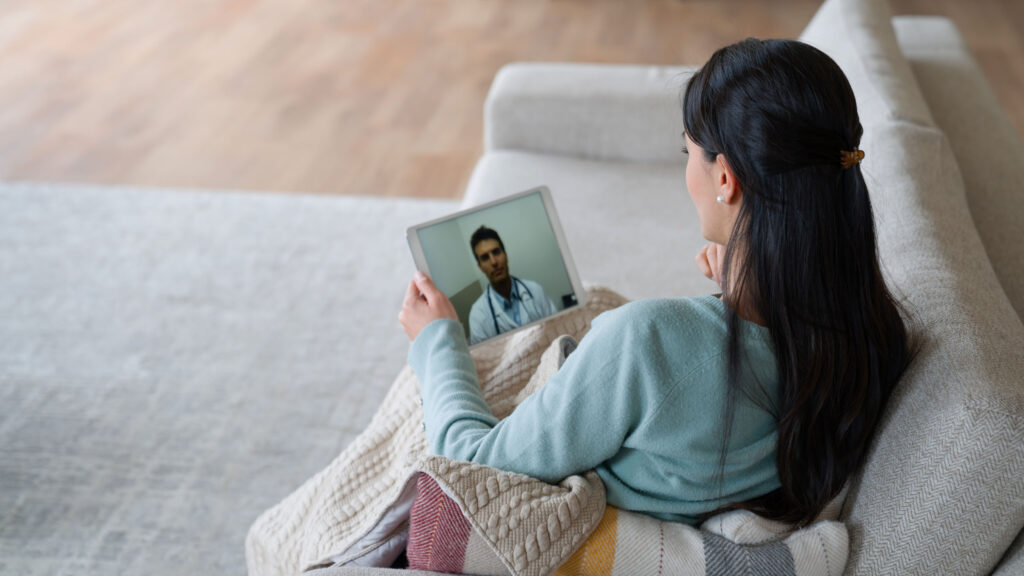Acceptance of Digital Health is Changing

Acceptance of Digital Health is Changing
COVID-19 caused patients and healthcare professionals (HCPs) to quickly pivot how they communicated, resulting in an unprecedented 152% increase in telemedicine visits between pre-COVID 2020 to 2021. While in-office visits returned to the norm post-pandemic, we are seeing concurrent growth of preference for telemedicine and other efficient, digital health driven and more patient-centric interactions between patients and providers. To show this trend, we looked at 3 different consumer groups; Emerging Patients (Gen Z or Millennial), Parents with Children and Caregivers (Spouse or Parent).
Consumers experienced telemedicine’s convenience and want more
Experience with telemedicine increased comfort levels of talking about health concerns online vs. face-to-face. In 2024, 57% of Parents with Children and 56% of Emerging Patients said they were more comfortable with providing health concerns digitally vs in-person, an average increase of 20% since 2021 between both groups.
Convenience is a primary driver of the continuing growth of telemedicine vs in-office visits. From 2021 to 2024 Emerging Patients usage of telemedicine increased 29% while Parents with Children grew 26% in prioritizing convenience. HCPs are changing to meet this need as 70% participate in telemedicine, and an average of 18% of their current patients are diagnosed or treated via telemedicine.
Consumer digital health participation also is growing to improving health outcomes
In 2024, a majority of all 3 consumer groups stated using a home-based or mobile monitoring device that sends health data to their doctor would help their HCPs make better decisions.
HCPs also saw double digit increases of Patient Portal usage outside of telemedicine calls, as consumers sought out their test result data and utilized the convenience of sending questions via text for increased communications. Emerging Patients increased their portal use by 42% from Pre-COVID 2020, while Parents with Children saw 31% growth.
Information
For more information on detailed study results from M3 MI, including at the specialty level, contact us at
info@M3-MI.com.